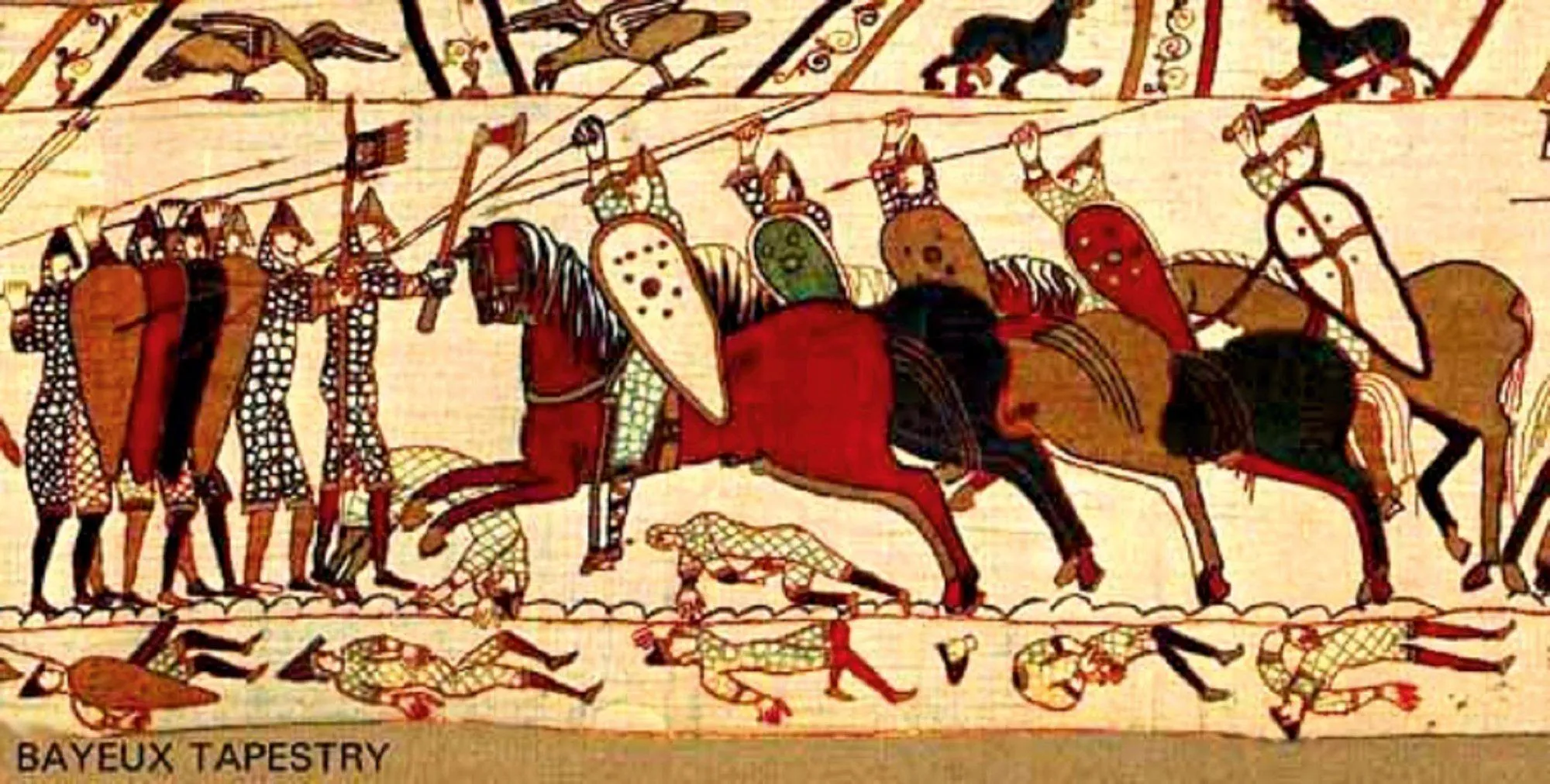Ressource affichée de l'autre côté.
Faites défiler pour voir la suite.
Faites défiler pour voir la suite.
William is called Guillaume in France! Some English names have a French equivalent: Stephen becomes Étienne (Esteban in Spanish). And nicknames are used too: Prince Harry's official name is Prince Henry! What else do you know about Britain?
Ressource affichée de l'autre côté.
Faites défiler pour voir la suite.
Faites défiler pour voir la suite.
1Before the Normans...
Ressource affichée de l'autre côté.
Faites défiler pour voir la suite.
Faites défiler pour voir la suite.
Activities


1. Describe each drawing.
Pair work
Try and guess the dates of each period.
Ressource affichée de l'autre côté.
Faites défiler pour voir la suite.
Faites défiler pour voir la suite.
Ressource affichée de l'autre côté.
Faites défiler pour voir la suite.
Faites défiler pour voir la suite.
2
Mr Cray's crash course
Ressource affichée de l'autre côté.
Faites défiler pour voir la suite.
Faites défiler pour voir la suite.
Activities


A segment of the Bayeux Tapestry (the Battle of Hastings).
Mr Cray's crash course
Ressource affichée de l'autre côté.
Faites défiler pour voir la suite.
Faites défiler pour voir la suite.
Ressource affichée de l'autre côté.
Faites défiler pour voir la suite.
Faites défiler pour voir la suite.
3
Make it right
Ressource affichée de l'autre côté.
Faites défiler pour voir la suite.
Faites défiler pour voir la suite.
Activities
1
On 6 January 1066, Harold became King of England.2
The Normans killed King Harold. But how did he die? Some say that he was killed by an arrow to the eye, or hacked by a Norman knight. When Harold died, the battle was over.3
On 5 January 1066, King Edward the Confessor died.4
Harold Godwinson went to Normandy. Harold's ship landed in Ponthieu, north of Normandy, the land of the fierce Count Guy. Count Guy's soldiers captured Harold.5
On 14 October 1066, the Battle of Hastings began. The air filled with arrows and lances. The English soldiers, who were all on foot, protected themselves with a wall of shields. The lower border of the tapestry is filled with dead and injured soldiers.6
William decided to attack England.
Adapted from www.bayeuxtapestry.org.uk.
1. Watch the . What is it about?
Pair work
Mr Cray gave the students a . Lawrence's dog played with it and tore it up. Help him collect the pieces and recreate the story.
Ressource affichée de l'autre côté.
Faites défiler pour voir la suite.
Faites défiler pour voir la suite.
Intonation
Listen
When did the Battle of Hastings take place? Did Harold die during the Battle of Hastings?
Yell
What did the Normans wear? Did the Saxons hold weapons?
Ressource affichée de l'autre côté.
Faites défiler pour voir la suite.
Faites défiler pour voir la suite.
Simple past questions
Observe: When did the Battle of Hastings happen? When was William's coronation?
Think: Spot the verb and the auxiliaries. What is the difference?
Practise: Ask your classmate questions about what he / she did yesterday.
Ressource affichée de l'autre côté.
Faites défiler pour voir la suite.
Faites défiler pour voir la suite.
Use . In pairs, create a quiz on 1066.
Ressource affichée de l'autre côté.
Faites défiler pour voir la suite.
Faites défiler pour voir la suite.
How far can you go?
A1+
I can write yes/no questions.A2
I can write a variety of questions in the past tense.A2+
I can also propose answers.
Une erreur sur la page ? Une idée à proposer ?
Nos manuels sont collaboratifs, n'hésitez pas à nous en faire part.
j'ai une idée !
Oups, une coquille


